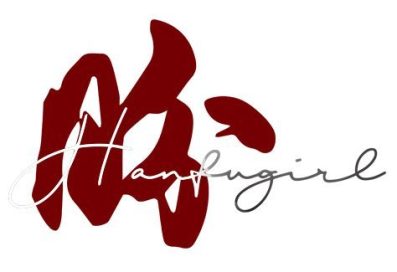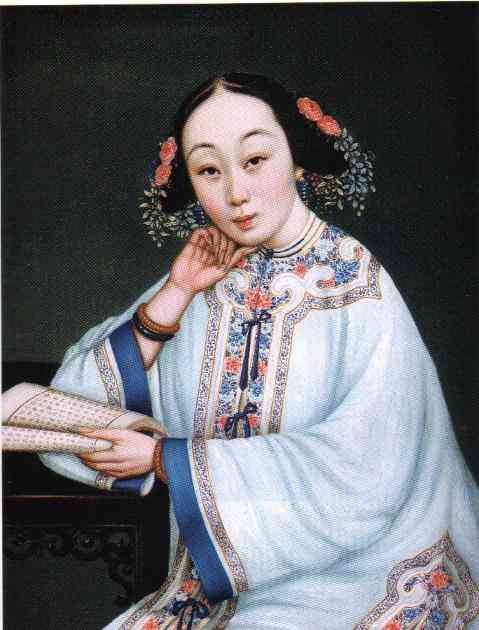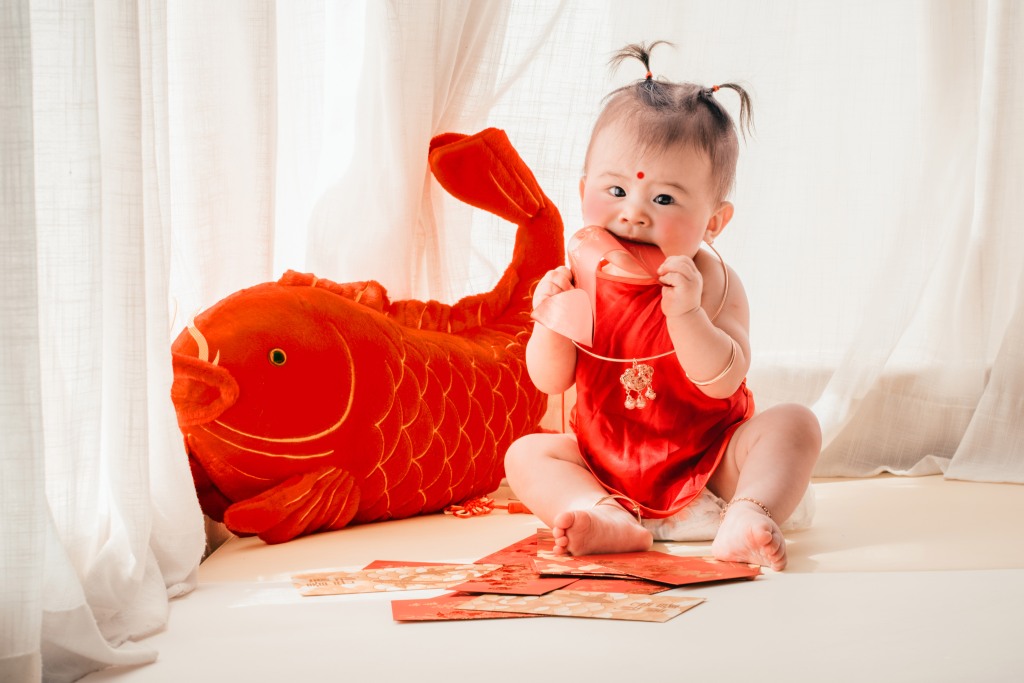IMPORTANT: WE HAVE MOVED!
CLICK HERE FOR OUR NEW SITE!
It’s with great amusement that I realised that there’s an ancient Chinese creature in the latest Fantastic Beasts series—The Qilin 麒麟 (pronounced Chillin, Spoilers on Qilin in the show available HERE). In recent years we have seen how ancient Chinese/East Asian mythical creatures are being represented in many of the Western shows such as Shang Chi (Morris’ my favourite, naturally), and now Harry Potter.



There are many extremely interesting records of fantastic beasts in ancient Chinese texts from thousands of years ago, of creatures far beyond our imaginations. If I have time, I will get to some of them but let me just state the most familiar strangers in the lot — the kind that you probably have heard of (if you’re into Chinese shows, or Fengshui) but not really quite sure what they really are.
These creatures were not only used by China, but the entire Sinosphere which extends to the rest of East Asia and some Southeast Asian countries with strong Chinese influences.
PRESENTING:
The Four Guardians 四象— Vermillion Bird, Emerald Dragon (this name is contentious and I will explaining due course why), Black Warrior and White Tiger.

Motif design on the eaves of roof tiles in China over 2,000 years ago were of the 4 guardians
CHINESE ARCHITECTURAL FEATURE—FANCY AND FUNCTIONAL ROOF
The Chinese roof is made up of quite a few different types of tiles, each serving a different function. The part where it has large surface for motifs, were mainly for the purpose of preventing rainwater from seeping into the wooden roof structures, and to prevent the water droplets from corroding the building base originally.
Then, they got fancier.
In case you are wondering, why are the roof tiles round, and how does it work? Here’s a quick view of the traditional Chinese roof:

There’s the circular shape tile cap that covers the end of the entire line/row of barrel tiles (bamboo or pipe-like shape), and there is the crescent shaped drip tiles between the circular caps (as in water droplet, which was literally meant for water to follow the tip and fall down in a line when raining).

This feature is not exclusive to the Chinese and we can see similar examples in Greek and Roman roof of similar period. They are called the antefix, and they served similar function as the Chinese eave-end tiles.


FANCIFUL HISTORY
The Eave-end Tile (cap at the end of the tile) has a history of over 3,000 years in China, from semi circular shapes to round shape by the Han dynasty (2,000 years ago).

The motifs too, evolved from the more stylised totem-looking designs of the Warring State to more naturalistic ones of animals, plants, insects around the Qin dynasty (slightly over 2,000 years ago). And by then, circular eaves tiles became increasingly common.

The Four Guardians series of rounded Eaves Tiles were particularly popular and iconic of the Han dynasty, which was the peak of the Eaves Tile’s development. Later on in the 1,000 years that followed, with the popularisation of Buddhism from post-Han through Tang and Song Dynasty, lotus motifs also became key motifs on these tiles. NOTE: This is not to say that lotus motif did not exist prior to the introduction of Buddhism to China, just that the form and significance of the lotus, and the popularity of use were markedly different pre and post Buddhism.



In the last 500 years during the Qing dynasty, the focus was mainly on the imperial roof tiles, which were generally of dragon motifs. The roof tile design evolution also kind of stagnated as more focus went into the development of wall tiles used by the commoners.

ANCIENT CHINESE OLYMPIC RINGS?

Like how the Olympic Ring symbolised all the colours of the world’s flags (hah, yes it’s not the 5 continents!), the Chinese used these four symbols and colours to give representative meanings and characteristics to the world and the natural order of things.
Deep. I know.
Everything in the Chinese culture is so connected and inter-referencing each other. And they sprung off to another system of symbolism and more self-referencing so you had to peel away a lot of those layers to get to the very core origin: I-Ching and Astrology.
While you’re reading your horoscope for the day, rest assured that the ancient Chinese thought that the stars and their alignment told them a lot about their world as well.
INDIGENOUS CHINESE ASTROLOGY
Of course, the Four Guardians (literally translated as the “Four Symbols” actually) held important, symbolic meanings, and was related to the Tai-Chi logo you are familiar with. The Tai-Chi logo further extended into the octagonal trigram that people always associate Taoists with:

I know, how is this remotely relevant to the animals?!?
Well, the animals came about when the ancient Chinese started mapping the stars they saw in the night sky, mapping them out, and dividing them into quarters. And there had to be a system of reference, so they referenced the I-Ching which a very profoundly complex book that supposedly summarises the world’s natural order. This book was henceforth referenced by the Chinese in every single thing they do, from fortune telling to medicine, and by extension, the Chinese sought to categorise and make sense of the world through the rules laid out in this book (different period, different interpretation, different manifestations).

And so… the night sky was sorted into 4 groups (yes, like harry potter’s sorting hat, they were given different characteristics, and animals were assigned to it). And that is how the 4 creatures got allocated a spot to represent a lot of the other symbolic meanings which I will go into in the respective articles.
Before the introduction and popularisation of horoscopy astrology as we know today in the 8th century China (brought to China from the ‘West’ i.e. Central Asia/Iran and India), Chinese had their own astrological practices and charts but it was off limit to the commoners. Due to trade and cultural exchanges on the silk road over 2,000 years ago, the Chinese gradually adopted Western astrological ideas (we had Indian astrologers in the Chinese imperial court around the 8th century.

Top right: Taotie motif from similar period
Bottom left: Capricorn motif of Emperor Augustus period some 2,000 years ago in Rome
Bottom right: Four beasts representing the 28 constellations in Chinese astrology
You can see the similarities between the Greek and Roman antefix motifs (left) and the Chinese ones (right) of similar period. The top row were over, 2500 years ago, and featured a gorgoneion, while the bottom row was about 2,000 years ago featuring animals which were representative of the constellations.
Due to the passing of thousands of years, many things have been so intertwined that it takes some time to thoroughly explain the gist of them (oxymoron, I know). And I will do so in the coming posts!
PROCESS & CONCEPT
For this series, I have worked with someone in the Fashion industry to reinterpret these creatures with a modern twist AND Since I love juxtapositions, I also did a parallel series with more traditional aesthetics. I will be sharing each of them in single, detailed entries coming up as well.
Here’s a sneak peek of the traditional ones:

I think this is enough information for the long weekend.
Happy Labour Day! Have fun trying to make sense of this piece!





































































































































































